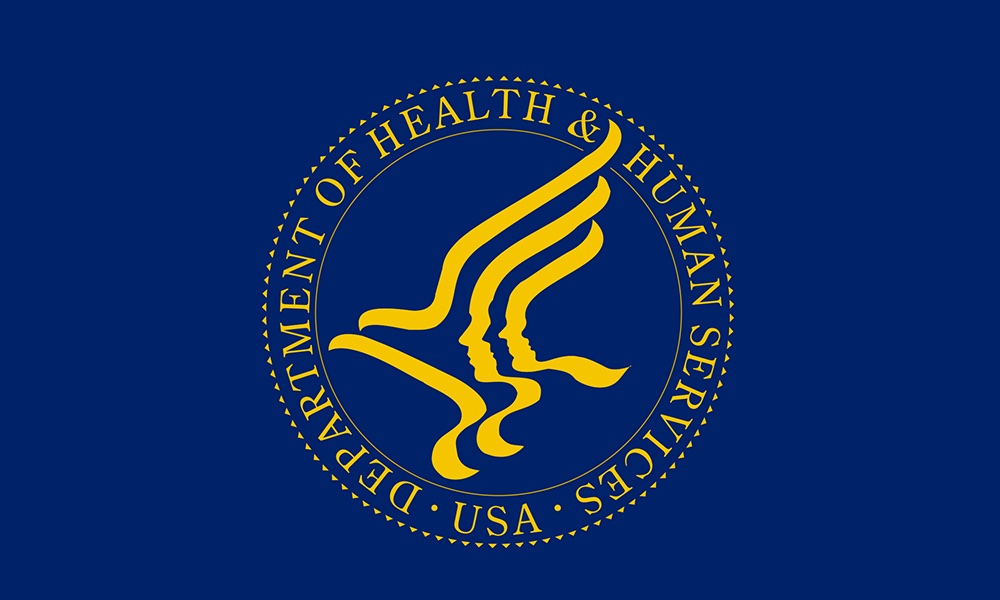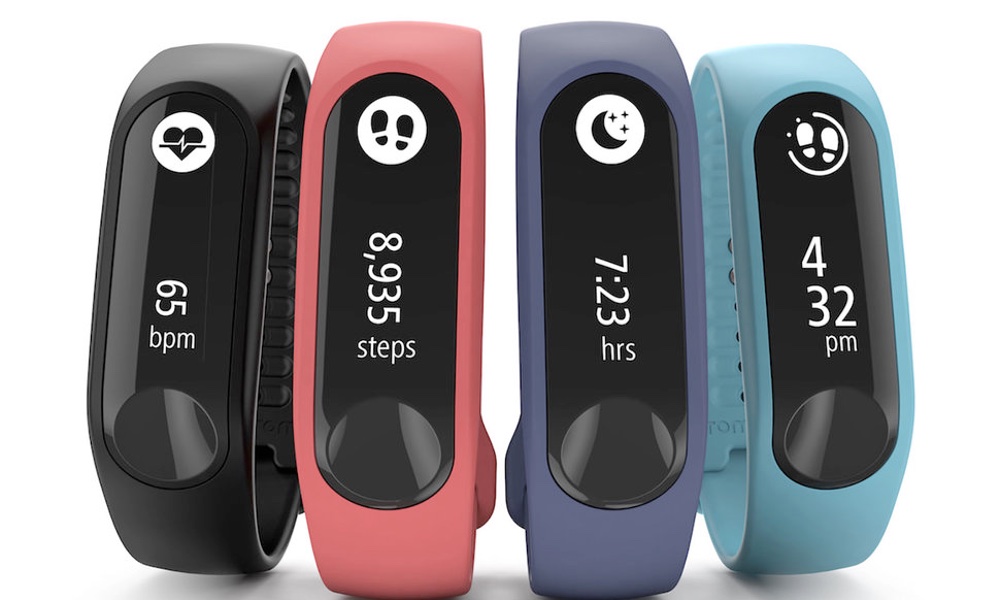There are lots of guidelines about what young children should eat, but advice on what kids should drink is sparse and inconsistent. With the mind-boggling number of drinks available on store shelves for young children, parents can be understandably confused. But help has arrived. A collaboration among several health organizations has resulted in a set of guidelines on what kids should — and should not — drink.
What kids drink is almost as important as what they eat. Beverages can be a considerable source of calories and nutrients so helping kids acquire a taste for healthy beverages will steer them toward healthy choices that can last a lifetime and contribute to their good health.
The guidelines were developed after an extensive review of scientific research, current guidelines from health organizations and reports on beverage consumption in early childhood by representatives from the Academy of Nutrition and Dietetics, American Academy of Pediatric Dentistry, American Academy of Pediatrics and the American Heart Association in conjunction with Healthy Eating Research, an organization that supports research to promote good nutrition among children.
Here's a concise summary:
Between 6 and 12 months, babies should continue drinking breast milk or infant formula. When solid foods are added to the diet, plain water should be introduced in small quantities so the baby can get used to the flavor. It’s not time for fruit juice yet.
From age one to two years, babies need whole milk because of the many nutrients it contains. They also need plain water for hydration. While it’s okay to offer a very small amount of fruit juice, a toddler should not consume more than a half cup per day. Juice should be 100 percent fruit juice, not a fruit drink that contains added sugar, and it doesn’t hurt to dilute it with water. Even better, offer small pieces of fruit, this provides more nutrients.
From two to five years, a child’s go-to beverages should be milk and water. It is best to provide nonfat or one percent milk at this time. Water should be used to satisfy thirst. Fruit juice can be given in small amounts, but diluting it with water is preferable. Four- and five-year-olds should be limited to six ounces of juice a day. Again, fresh fruit is best.Parents can do their children a big favor by delaying the introduction of other beverages until kids have developed the healthy habits of drinking their milk and satisfying their thirst with plain water.
The guidelines caution against serving beverages that are marketed to parents or target young children and provide no particular nutritional value. Avoid serving these to children who are five years old and younger:
Children age five and under should only drink milk and water with very limited amounts of fruit juice, preferably diluted with water. It should be noted that some experts disagree with even limited amounts of fruit juice.
To be effective, it's also important that parents get grandparents and other caregivers on board with these new guidelines. That may be the hardest part.
To read the full guidelines, print out informational sheets, and watch a set of short, parent-focused videos, go to the Healthy Drinks, Healthy Kids website.




